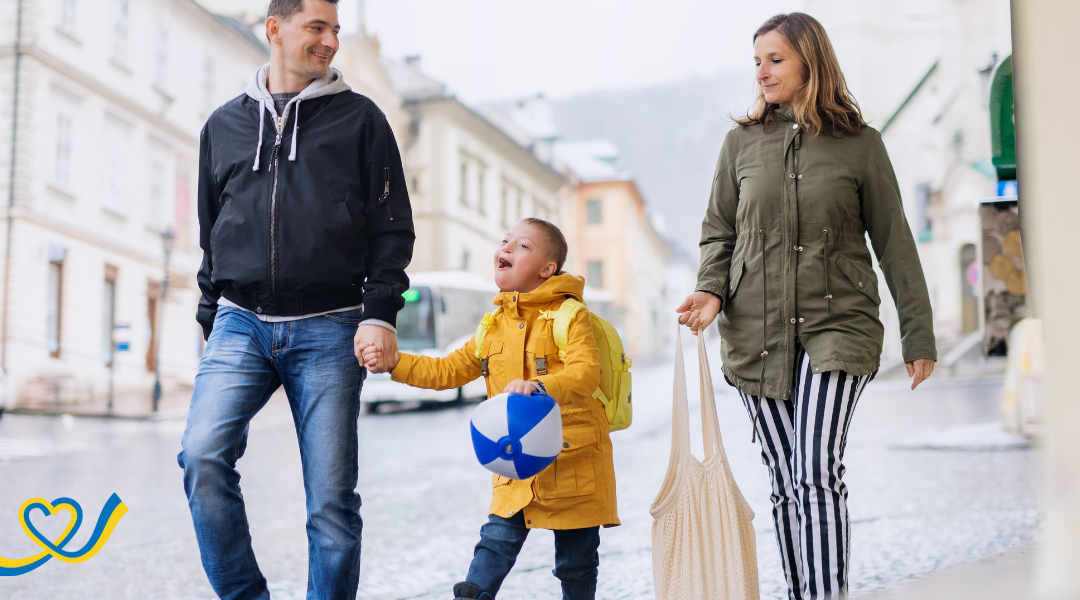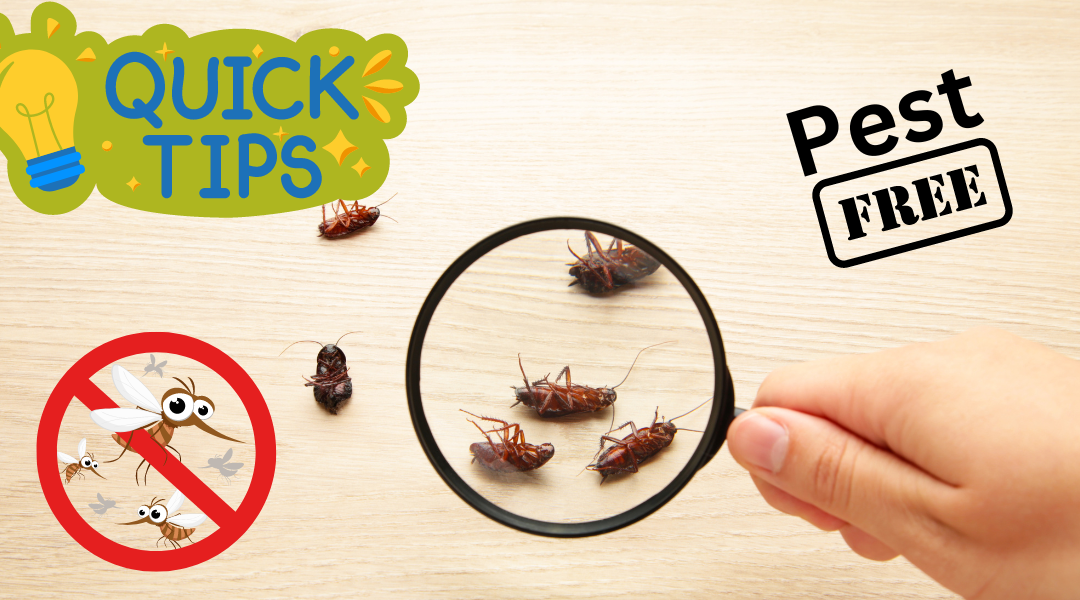Twenty in a series.
A young girl who was recently seen by Cook Children’s C.A.R.E. (Child Advocacy Resource and Evaluation) Team sat sobbing on the exam room floor, distraught after receiving a series of immunization shots.
Many of the children seen by the C.A.R.E. Team have experienced extreme trauma, says C.A.R.E. Team Medical Director Jamye Coffman, M.D., so even getting shots may cause intense anxiety. The team knew who to call for help.
Enter Kitty, a 7-year-old, silky-haired Golden Retriever and one of Cook Children’s six facility dogs, who quickly assessed the situation and knew exactly what to do. She went straight to the young girl who sat next to her sister and laid her head on the child’s lap.
“The little girl starts petting her,” Dr. Coffman says, “and her sister, who had been here before, says, ‘Just pet Kitty. It makes it not hurt as much—it’s Kitty magic.’ So, the little girl continues to pet Kitty, and the tears slow down, and she finally stops crying, and then she looks at her sister and says, ‘It did help. It is Kitty magic.’”
“Seeing is believing, right?” says Dr. Coffman, who also handles her canine helper. “Seeing how she helps bring kids down when they’re super anxious…and not only the kids, but the parents, too. They start petting the dog and the whole level in the room just comes down. It’s amazing to watch. She knows who to go to instinctively—I don’t know if it’s their smell, I don’t know what it is—but she tends to go to the most stressed person in the room. Sometimes it’s the parent, sometimes it’s the kid.”
But Kitty may not be the only one with magical powers.
Whether it’s highly trained therapy dogs, laid-back emotional support cats or pet pot-bellied pigs, animals appear to shoulder some of the emotional load as they interact with humans—and may even promote healthier mental health for their people, some researchers and animal handlers say.
So, what’s the secret behind “Kitty magic”? And could the human-animal bond make a difference for children and teens facing mental health issues, such as anxiety, depression, or suicidal inclinations—all on the rise since the pandemic began? The JOY Campaign asked experts who work with children and/or animals on a daily basis to discuss.
Kitty’s magic, as well as other animals’ abilities, may begin on the most basic level for humans, experts agree. The animals don’t judge. And that nonjudgmental approach may help those facing mental health issues.
“You can talk to your dog or your pet, and they love you no matter what,” Dr. Coffman says of the unique human-animal relationship.
“I think the biggest thing is the animal accepts you, however you are,” she adds. “They don’t see if you have disabilities. They don’t see if you have scars. They don’t see any of that. They just love you and accept you for you. And that’s it.”
For children and teens who are developmentally peer-driven during this part of their lives, that can be significant, says Dr. Janet Hoy-Gerlach, Ph.D., a professor of social work at The University of Toledo in Ohio. In June, she released the first peer-reviewed research study on the beneficial effects of emotional support animals (ESAs) for those with chronic mental illness.
“It’s a unique kind of support. It’s not an evaluative relationship in the way that humans have, especially with some of the challenges kids face with their peers during that excruciating adolescence, where it’s like hyper-judgment time,” says Dr. Hoy-Gerlach, who also co-authored a book titled The Human-Animal Interactions: A Social Work Guide. “The animal is safe. Animals aren’t making a value judgment on what they’re wearing or what they’re saying or what their hair looks like.”
With extensive work in counseling, crisis work and public mental health, she became interested in the human-animal bond and how it might help people with mental health issues after years of working as a crisis clinician in community mental health, where she conducted risk assessments of clients every day. Part of assessing people in crisis involved questioning them about what stopped them from following through on suicide to help identify their lifeline, she says, adding it’s important to figuring out “what’s keeping them alive.”
Common responses she heard were what she’d been taught to expect—usually protective factors, such as “I’m afraid about what will happen to my kids,” or “I don’t want to hurt my family,” or “I wouldn’t do that to my friends,” or “It’s against my faith, my spiritual beliefs, my religion.’ But another response she frequently heard during the assessments was one she hadn’t been exposed to in classes or training, which was “I can’t leave my pet.”
“I guess I had two reactions to that. One was on a personal level as somebody who has lived with animals my whole life and loved them tremendously. Like I totally got that response. It just made sense to me on a human-to-human level,” Dr. Hoy-Gerlach says. “As a clinician, it really hit me that this was something really overlooked. People were literally saying the reason they were alive was because of their animals.”
“And this was something that had never been talked about,” she says. “I was like, how are we missing this strength? This protective factor that many people have in their lives, and we don’t ask them about it. We don’t talk about it. And we certainly don’t support them, like help them keep the animal in their life if they’re facing a barrier or struggle.”
So began Dr. Hoy-Gerlach’s journey to merge a personal passion for animals and professional passion for mental health. Much of her work since has been focused on educating others, such as social workers, mental health workers and health care workers about the benefits of relationships with animals for human wellbeing, she says, adding she also supports a more intentional approach to using those benefits in how we help people stay healthy.
Dr. Hoy-Gerlach’s recently published study focused on 11 adults with stable, chronic mental illness—ranging from anxiety to depression to schizoaffective disorder—who were matched with a shelter cat or dog through the Hope and Recovery Pet Program, a community partnership between The University of Toledo, Toledo Humane Society and ProMedica. (Six adult cats and five dogs were involved in the study.)
Using saliva tests, researchers studied the participants’ biomarkers, such as cortisol, alpha amylase, both stress indicators, and oxytocin, known as the hormone that bonds mothers to babies. During home visits, the participants took saliva tests after focused interaction with their animal for 10 minutes at one month, three months, nine months and a year.
“What we saw, while not statistically significant in this study, was a visual pattern in oxytocin going up and cortisol going down,” she says. There was no significant rise or fall of alpha amylase.
Initially, several participants mentioned an adjustment phase where they experienced a bit of stress from their routines changing with a new animal. But after that, the participants “overwhelmingly talked about an improvement in their mental health, generally and with their symptoms,” Dr. Hoy-Gerlach says.
“They talked about their animal helping or distracting them from symptoms and being a source of comfort for them,” she says. “Those probably are the two things we heard most.”
While her study focused on adults, most of the results are still relevant to youth, she says, because we’re all humans and similarly hardwired for connection.
For example, in the case of ESAs or companion animals for children and teens, it’s looking at the benefits the animals can offer in everyday interaction based on whatever impairments need to be addressed, Dr. Hoy-Gerlach says. Unlike service or therapy animals, ESAs and pets aren’t trained to do special things.
“So, if a child has a lot of anxiety, physical contact with an animal who enjoys that could be a source of regulation that could help downregulate their stress responses,” she says. “It’s not that the animal is doing anything except typical friendly dog or cat behavior, like ‘I want to sit on you.’ But for somebody who has trauma, for instance, that can be grounding. I’ve talked with people who like the cat’s purr, the feel of the fur, the warmth of the body and pressure of their weight on them.”
“It’s multisensory, plus there’s comfort in the relationship. So, it’s thinking about the ways the animal can help, based on the evidence we have on how living with companion animals can benefits humans, then looking at the child’s specific symptoms and issues,” Dr. Hoy-Gerlach says.
Other groups are also following the human-animal bond and its advantages, especially during the pandemic, which has left many Americans of all ages feeling isolated, lonely and stressed.
As part of its “COVID-19 Pulse Study,” the American Pet Products Association (APPA) reported that 11.38 million households in the United States welcomed a new pet during the pandemic, according to an October 2020 article in Today’s Vetinary Business. And three out of four pet owners said spending time with a dog, cat or another animal species “helps reduce their stress and increase their sense of well-being during COVID-19,” the article stated.
In May 2020, the Human Animal Bond Research Institute (HABRI) along with Mental Health America (MHA) released a report stating pets not only “help alleviate stress, but they also improve owners’ moods and help fight depression.” In their survey, 74% of pet owners reported mental health improvements from having pets, and 75% said a friend’s or family member’s mental health improved. The report also mentioned 96% of pet owners agreed their pet has a positive impact on their life, based on a survey conducted by Nationwide and HABRI.
The scientific research showed the human-animal bond supports better mental health and “indicates pets can make a difference for those facing mental health concerns, including anxiety, depression, loneliness and stress,” according to HABRI’s report.
About three months ago, APPA launched a “Pet Feels” Campaign in conjunction with Mental Health Awareness Month that highlighted the advantages of pet ownership as part of its Pets Add Life (PAL) program. The campaign, posted with links on the APPA website, uses a series of videos that demonstrate the way pets help people cope with everyday stressors while also giving love and support during challenging times.
Despite promoting relationships with animals, Dr. Hoy-Gerlach cautions that they’re are not always for everyone. They shouldn’t be brought into a home if there’s a history of animal violence, extreme fear of animals, severe allergies or if a family member is unable to safely interact with an animal or vise-versa.
Laura Sonefeld, “Sit…Stay…PLAY” facility dog program coordinator and child life specialist at Cook Children’s Medical Center, often is approached by families who are considering getting a pet after watching their children interact with facility dogs at the hospital. The team of six dogs—Kitty, Steve, Neely, Chanel, Zuni and Brienne—are trained to work alongside a healthcare worker to provide comfort and socialization with patients and families in a hospital setting.
Sonefeld, who handles Steve, a 3-year-old Golden Doodle on the canine team, says she frequently is asked, “How do we get a dog like your dog?” She makes sure they understand the difference between service, therapy and support animals.
The first question she asks is “Are you wanting a dog to be able to bring to the hospital with you or one for emotional support and comfort at home?” That helps her determine the type of animal they’re looking for.
Most people want a pet, not a service or therapy animal.
“They say, ‘We’ve seen the benefits on our child when they’re here and interact with one of the facility dogs, and we want that at home, too,’” she says. “And I say absolutely. You get a pet. I feel like all animals have that potential to provide therapeutic support for families.”
Whether dogs, cats or other types, animals might help the entire family, not just an individual child.
“I highly recommend it, just for that everyday stress that all of us feel because we’re human,” Sonefeld says. “It doesn’t have to be someone that’s had a huge hospital experience. It could be someone simply dealing with everyday anxiety of school, of work, of making friends. I feel like the dogs help build that confidence and remind everybody that they are loved and special—that they deserve to feel that from people they interact with, too.”
Sometimes the entire family isn’t on board with getting a pet, Sonefeld says. It might be the mom or dad who is hesitant to take on more responsibility by having an animal.
But it seems the mysterious “Kitty magic” might work on that, too.
“Whoever the one is that’s not totally convinced usually ends up being the one who loves the dog the most,” Sonefeld says with a laugh. “Once they have had the experience, they’re like, ‘Oh, OK, I get it now.’”













